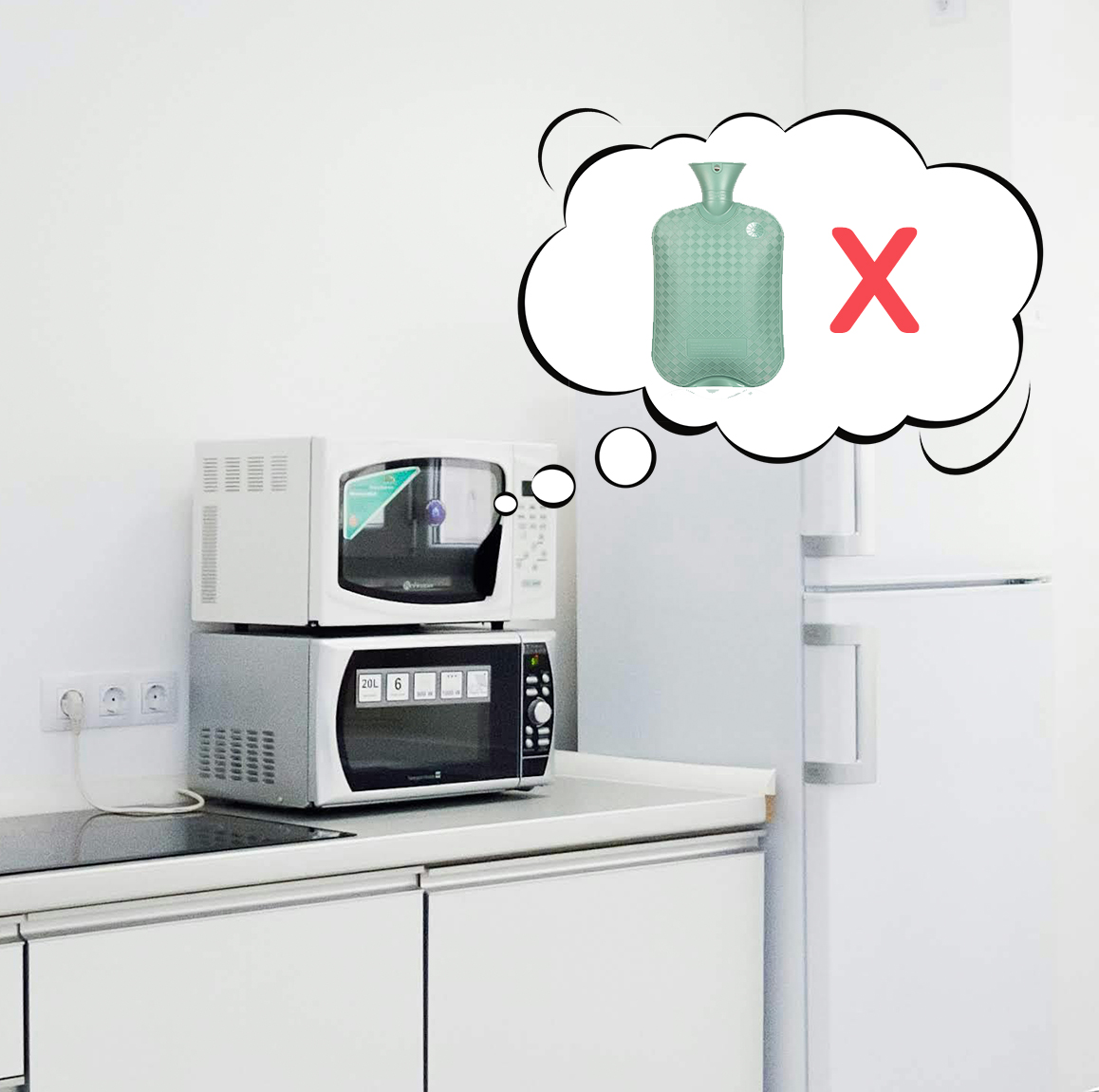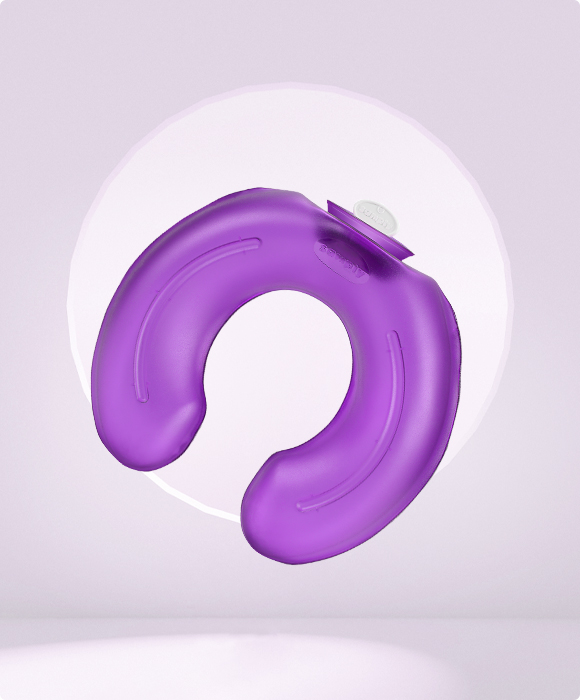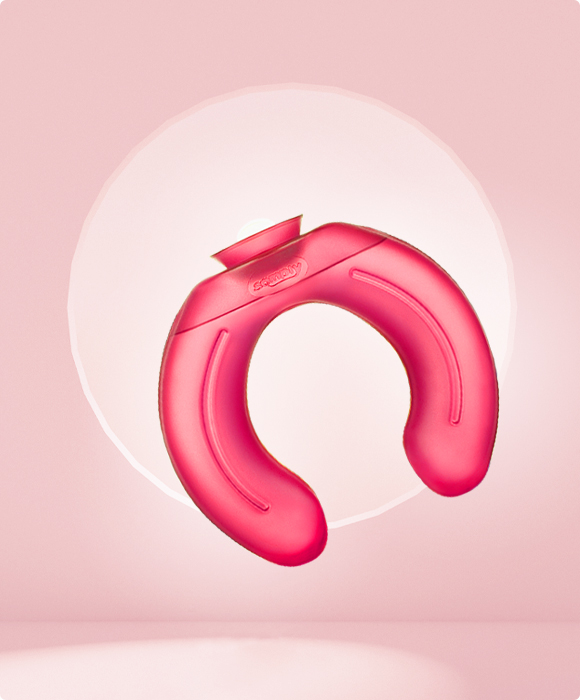
1.Introduction
2.Dangers of Microwaving a Hot Water Bottle
3.How to Determine if Your Hot Water Bottle is Microwave-Safe
4.Conclusion
Hot water bottle is a popular choice for staying warm during the winter, especially on cold nights. Hot water bottles provide comforting warmth, but some people may think about using a microwave to heat them quickly. However, this method is very dangerous and can lead to explosions if not done properly. This blog will explain why you should never put a hot water bottle in the microwave.
Dangers of Microwaving a Hot Water Bottle
Hot water bottles are typically made from PVC, rubber, or, in some cases, silicone material(food-grade). If you have a rubber or PVC hot water bottle, it is strongly advised not to heat it in the microwave. We have listed why:
1.The materials of the hot water bottle can melt or deform in the microwave, and may even release harmful chemicals. This not only ruins the hot water bottles but also contaminates the microwave, creating cleaning and health hazards.
2.Microwaves heat unevenly, which means parts of the water inside the hot water bottle can become excessively hot while other parts remain cold. This can increase the internal pressure, causing the hot water bottle to burst or leak, which poses a risk of burns.
3.Hot water bottles are sealed, preventing steam from escaping during microwaving. This can cause a rapid increase in internal pressure, leading to explosions that can splash hot water, causing serious burns and safety hazards.
4.If a hot water bottle explodes or leaks in the microwave, hot water can spill and pose a fire risk. The materials of the hot water bottles might ignite at high temperatures, increasing the likelihood of a fire. Additionally, the microwave’s electrical components could be damaged by high-temperature steam, leading to short circuits or other electrical failures.
5.Microwaving can result in unpredictable outcomes such as localized overheating, material breakdown, and sudden pressure increases, all of which pose significant safety risks.
How to Determine if Your Hot Water Bottle is Microwave-Safe
1.Check Labels and Manuals: Look at the hot water bottle or its packaging instructions. If you no longer have the manual, check the website or contact customer service. Some hot water bottles may have a "microwave-safe" label or clear instructions on the website.
2.Material Check: Identify the material of your hot water bottle. Most are made from PVC or rubber, which should not be microwaved. A few are made from food-grade silicone material, but even these should be checked for microwave safety.
3.Microwave-Safe Markings: Look for any markings that indicate microwave safety. A "microwave-safe" label (usually a stylized microwave pattern) means the hot water bottle can be safely used in the microwave.
4.Avoid Metal Parts: If the hot water bottle has metal parts like caps, seals, or liners, it should not be microwaved. Metal can cause sparks and create safety risks in the microwave.
5.Complex Designs: Hot water bottles with complex designs, insulation, or multiple layers may not be suitable for microwave heating. Insulated bottles, in particular, can trap heat and cause damage.
Conclusion
In conclusion, microwaving a hot water bottle is dangerous and can lead to material damage, uneven heating, seal breakage, fire hazards, and other unpredictable dangers. To heat a hot water bottle safely, follow this method:
Hot Water Heating: Heat water to an appropriate temperature and then pour it into the hot water bottle.
Always read and follow the hot water bag instruction carefully to ensure safety and comfort. By using hot water bottles correctly, you can enjoy warmth during the cold winter months without worrying about safety issues.

